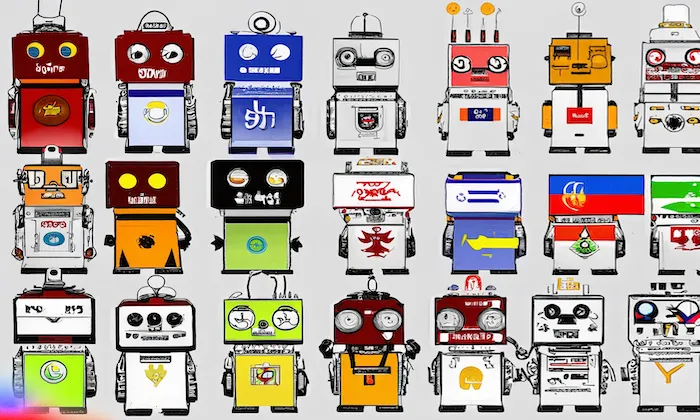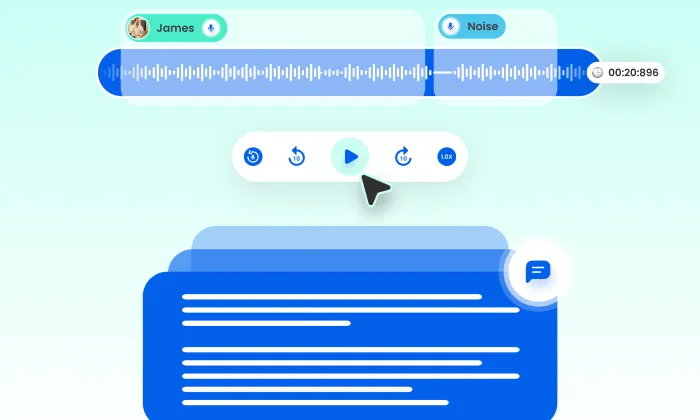How does wake word detection work?
Voice Assistants
Wake Word
Speech Recognition
Wake word detection, often called keyword spotting, is the foundation of hands-free interaction in voice-enabled systems. It allows devices to remain inactive until activated by a trigger phrase like “Alexa” or “Hey Siri.”
This guide explores the key components of wake word detection, why it matters, and how FutureBeeAI supports engineering teams with high-quality datasets and annotation workflows for real-world deployment.
How Wake Word Detection Functions
Wake word detection monitors real-time audio for a specific phrase and activates the voice assistant once it is heard. The system relies on precise audio processing, model optimization, and real-time inference.
1. Audio Input Processing
Detection begins with microphone input and basic preprocessing.
- Noise reduction: Digital signal processing filters background noise
- Feature extraction: Techniques like MFCCs convert raw audio into model-ready features
2. Model Training and Dataset Preparation
Reliable detection requires diverse, well-annotated data.
- Data collection: FutureBeeAI offers multilingual, domain-specific data across 100+ languages
- Annotation: Audio is labeled with speaker details, timestamps, and wake word boundaries
3. Real-Time Detection Logic
The trained model continuously analyzes incoming audio:
- Passive listening: The system stays in standby mode, consuming minimal power
- Thresholding: Neural networks assign a confidence score to detect the wake word
- Sliding window: Overlapping audio buffers help capture short phrases without missing critical segments
On-Device vs. Cloud Inference
Wake word detection can run locally or remotely depending on system design:
- Edge processing: Offers low latency and better privacy
- Cloud processing: Supports heavier models but may introduce delay
FutureBeeAI datasets are optimized for both modes with memory-efficient formats and detailed acoustic coverage.
Optimizing for Device Constraints
Many applications require small, efficient models. These techniques support that goal:
- Quantization: Reduces model size without losing accuracy
- Pruning: Removes unnecessary weights to improve inference speed
These are essential for embedded systems like wearables, smart remotes, or in-car voice assistants.
Evaluating System Performance
Detection accuracy is measured using the following metrics:
- False acceptance rate (FAR): When the device activates without a valid trigger
- False rejection rate (FRR): When it misses a valid wake word
Balanced datasets from FutureBeeAI reduce both FAR and FRR through accent diversity, background variation, and consistent annotation.
Why Wake Word Detection Is Essential
Wake word systems affect every layer of voice user experience:
- User interaction: Enables intuitive, fast control without buttons or screens
- Energy savings: Keeps the device idle until needed
- Security: Personalized triggers offer additional access control
Challenges and Solutions
Accent and Dialect Coverage
Systems often fail to recognize regional speech patterns. Training with localized data helps reduce bias and improve global performance.
Background Noise
Smart environments like cars or homes introduce audio variability. FutureBeeAI includes samples from real-world conditions to boost robustness.
Model Updates
Language evolves. Wake word systems need fresh data and feedback integration to remain accurate over time.
How FutureBeeAI Supports Your Pipeline
FutureBeeAI offers full support across the data lifecycle:
- Multilingual datasets for commercial, automotive, and consumer devices
- The YUGO platform for structured collection, metadata tagging, and speaker coverage
- A two-step QA process for clean transcripts and verified labels
One global assistant reduced false activations by 30 percent after integrating our accent-rich wake word data.
Key Takeaways
- Wake word detection relies on smart audio processing and efficient model design
- FutureBeeAI provides the data and workflows needed for high-performing systems
- Continuous learning and dataset updates are essential for accuracy and trust
FAQs
What’s the difference between wake word detection and full ASR?
Wake word detection identifies specific trigger phrases. Full ASR transcribes complete speech input after the wake word is detected.
Can custom wake words be added without starting over?
Yes. With targeted fine-tuning and updated datasets, new wake words can be integrated efficiently.
Ready to Build Smarter Voice Interfaces?
Visit our speech dataset page or contact our team to request a custom quote or start a pilot project. FutureBeeAI helps you create voice systems that are fast, reliable, and built for real-world conditions.
What Else Do People Ask?
Related AI Articles
Browse Matching Datasets
Acquiring high-quality AI datasets has never been easier!!!
Get in touch with our AI data expert now!








